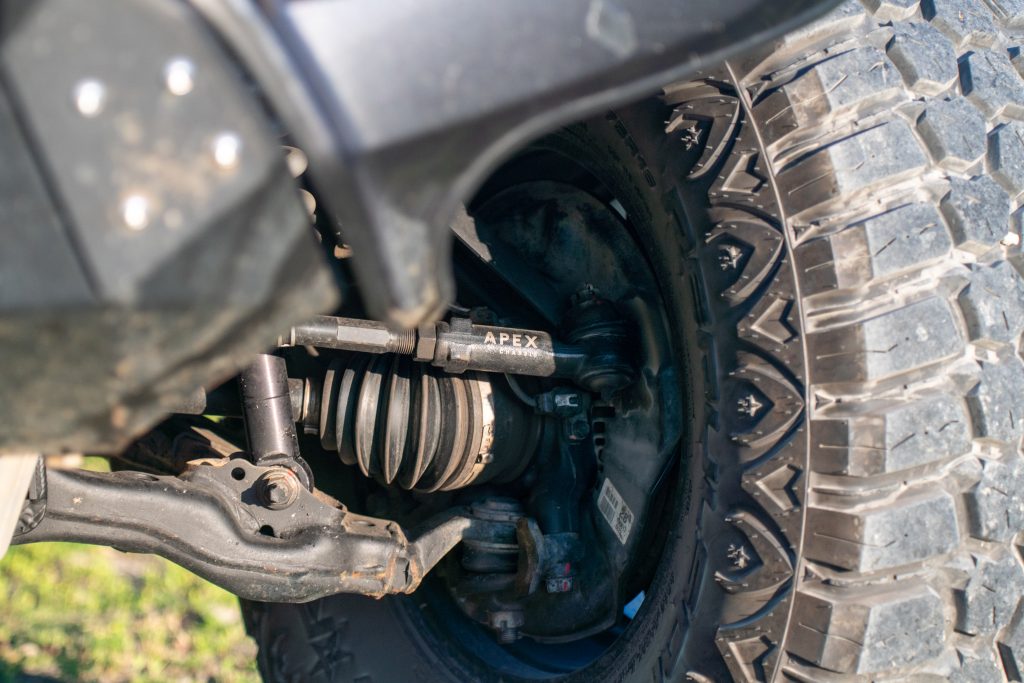
Running bigger tires is common if you’re building your truck to hit the trails. They give you better traction and ground clearance, but they also have some negative impacts on maintenance and put additional strain on the truck. The bigger the tire, the more you start to see failures and weak points and the more you need to consider several different upgrades to support everything.
Toyota factory steering isn’t bad, but on the Tacoma it is not designed to handle the loading and stress that comes with big tires. Now, that’s not to say the truck starts to fall apart and become unusable. The point is that things wear faster and weak links start to show. As far as steering goes, the factory inner and outer tie rods are a bit flimsy. Upgrading them gives you the support needed to reinforce an important part of the system.
Apex Chassis offers the only heavy duty rod end upgrade that works with the factory steering rack and spindle/knuckle, without having to modify anything and retaining the booted and sealed ends. There are some heim steering upgrades, but they either require more extensive modification, or they’re not going to have the longevity you’d want to see on a truck that isn’t a dedicated trail rig.
Not only does Apex use top-tier, high-quality materials but these rod ends are also 33% larger than the OEM ones. Let’s walk through installing these on the 3rd Gen (same for 2nd Gen) Tacoma and how you can benefit from adding a set.
Table Of Contents
Overview
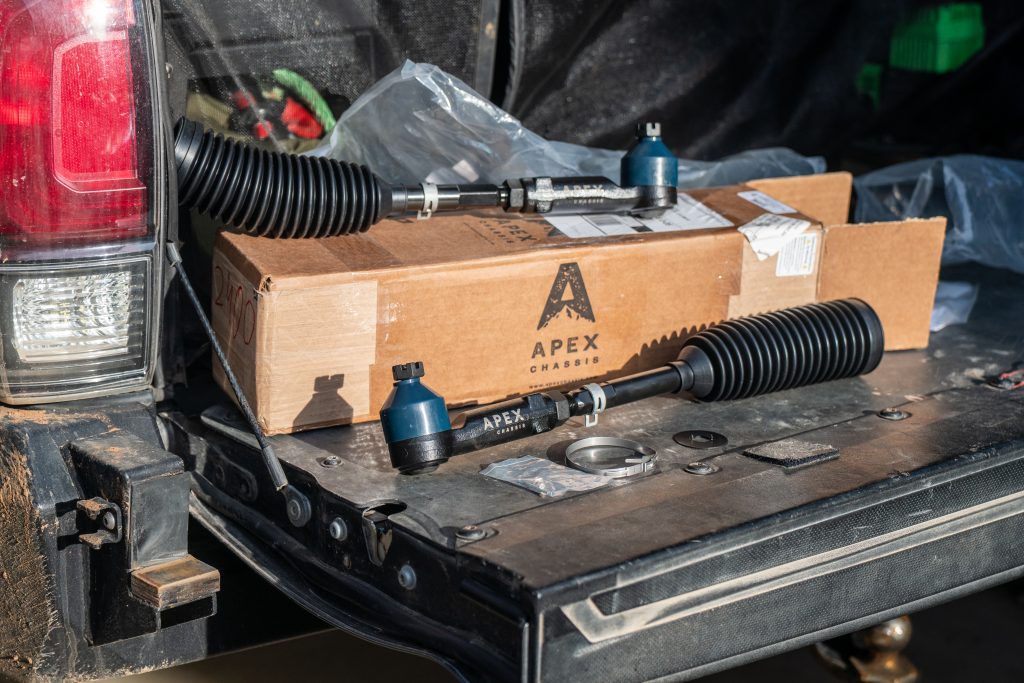
The family behind Apex Chassis has been in the suspension industry for over 30 years. They initially built XRF chassis, took a break from the industry, and then had a strong comeback through Apex Chassis.
Apex rods are made with top-tier quality by like-minded individuals who identified a weak point in the Toyota Tacoma and wanted to share their solution with the world. The product is crafted from high-quality components, including SAE 1045 mid-carbon solid steel forged housings, Grade 8-10.9 hardware, and more.
From the moment you unbox the tie rods and toss them to your friends, their reactions say it all. “These tie rods are no joke…” – they often say as they slowly place them on the table. You can rest assured that these rod ends can easily handle tires that are larger than you can fit without serious modifications to the truck (technically up to 39″).
Installation
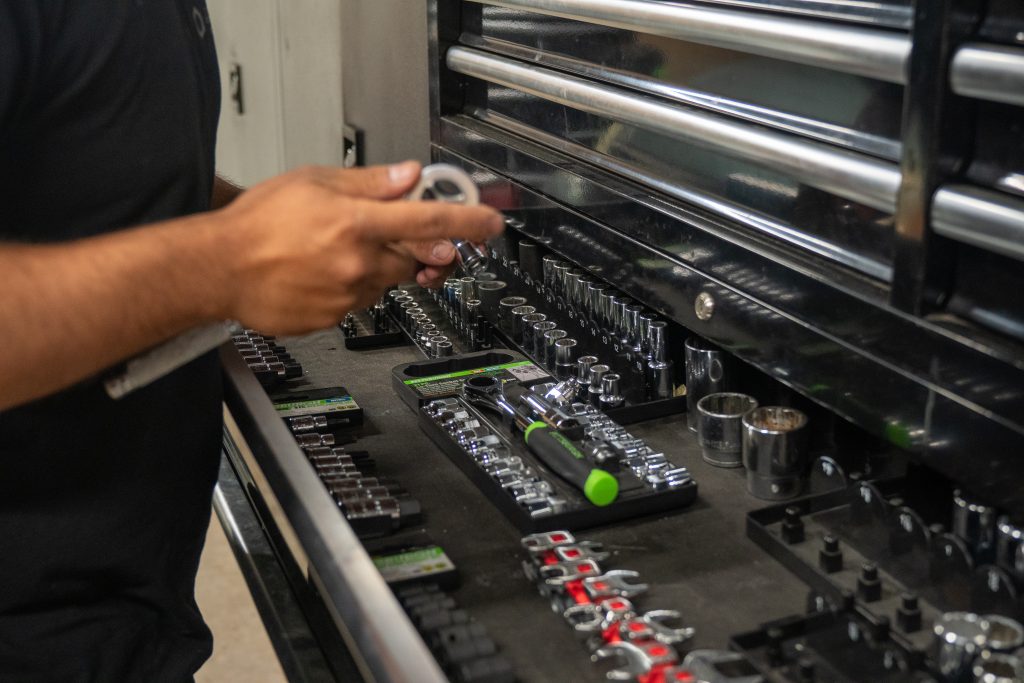
The tie rods come in a nicely packaged, labeled box. Inside the box, you will find decals, instructions, and the rod ends. Remove everything from the plastic and check for shipping damage. Unless the box looks like it was run over by a truck, you are fine because they are incredibly stout.
Tools Required
- Tie Rod Removal Tools (optional)
- Breaker Bar
- Ratcheting Wrench
- 19mm, 22mm Sockets
- 22mm, 26mm Wrench
Step 1. Take Measurements
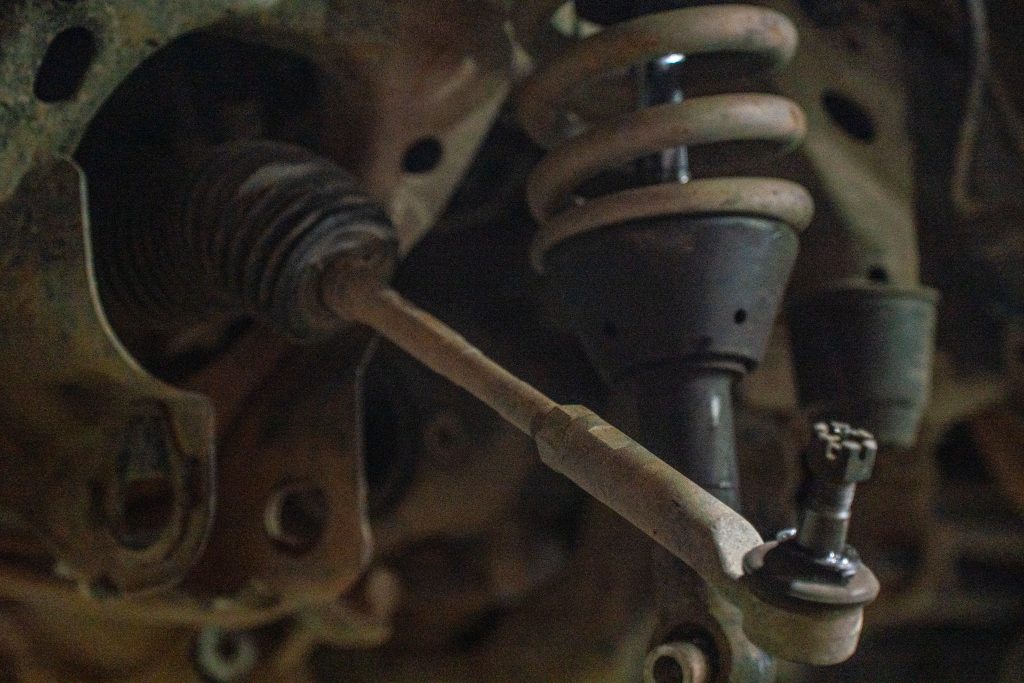
When swapping tie rods, it’s recommended to mark the approximate length (of the existing set) on your vehicle and then installing the new set as close as possible to the measurements you wrote down.
Step 2. Remove Outer Tie Rod
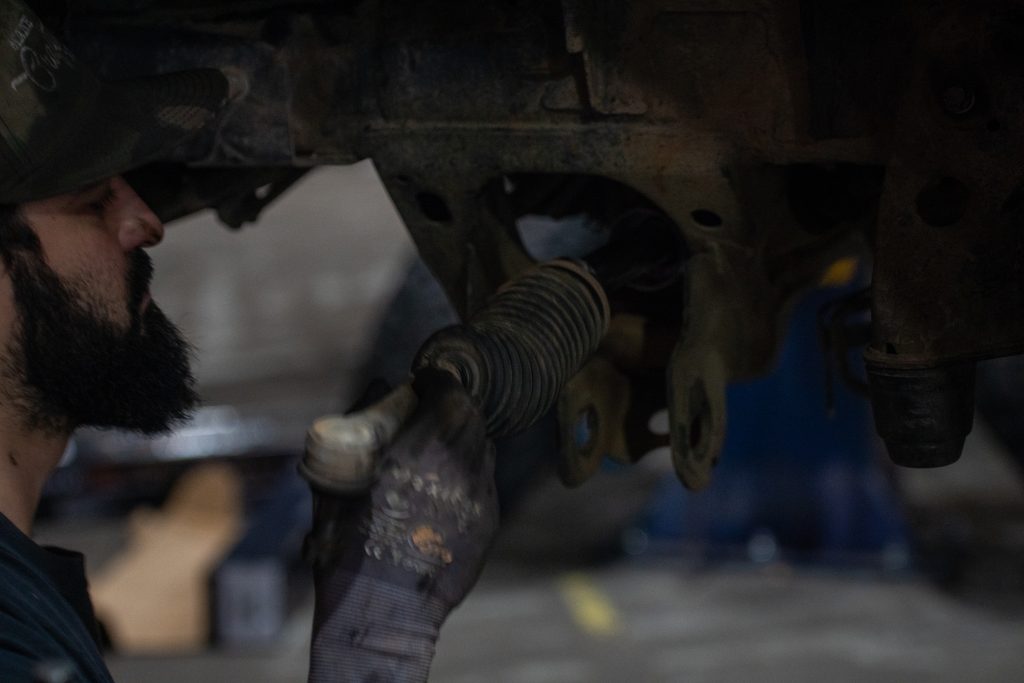
Use a 22mm wrench and loosen the jam nut on the outer rod. Then, use a 19mm socket and remove the castle nut from the outer rod to the knuckle. Finally, use a mallet or ball joint separator tool to remove the tie rod from the knuckle. Twist off the outer end until it separates from the inner end.
Step 3. Remove Inner Boot
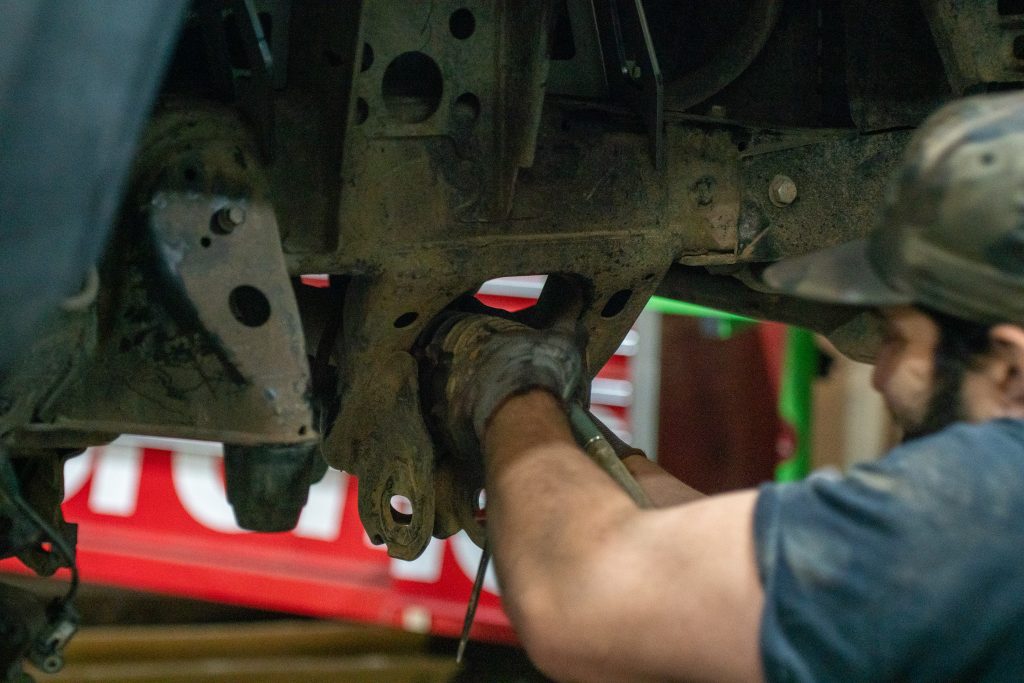
Remove the inner rod boot to gain access to everything underneath.
Step 4. Remove Safety Washer
The inner tie rod has a washer with bent tabs so that the nut may not spin itself free. Use a flat-head screwdriver and a mallet to bend these tabs back so that we may remove the inner tie rod.
Step 5. Remove Inner Tie Rod
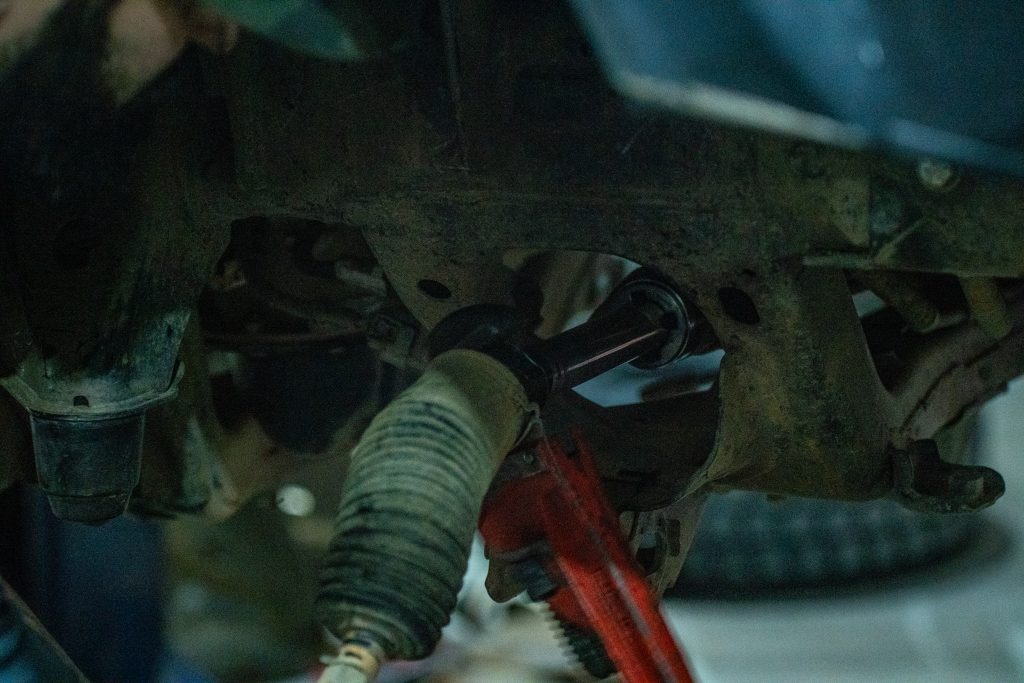
Use a pipe wrench or dedicated tool and slide it over the rod end, then unscrew and remove it.
Step 6. Prep New Tie Rods
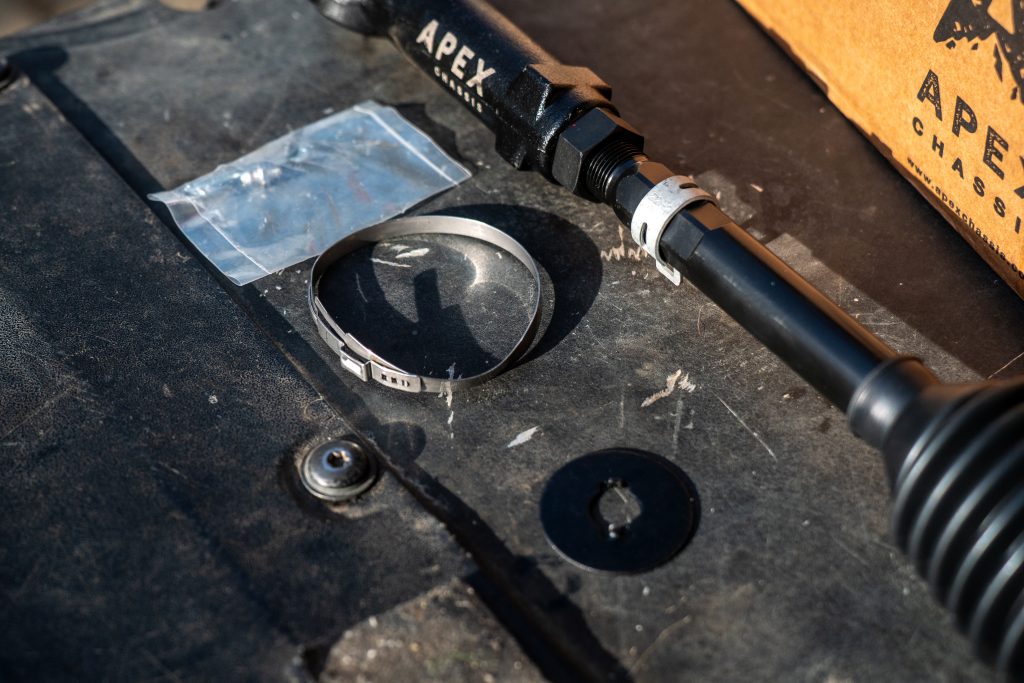
Before you install these, disassemble and lay them out. Note that there are driver’s and passenger’s sides. R240 is the driver, and TR241 is the passenger.
Step 7. Install Apex Inner
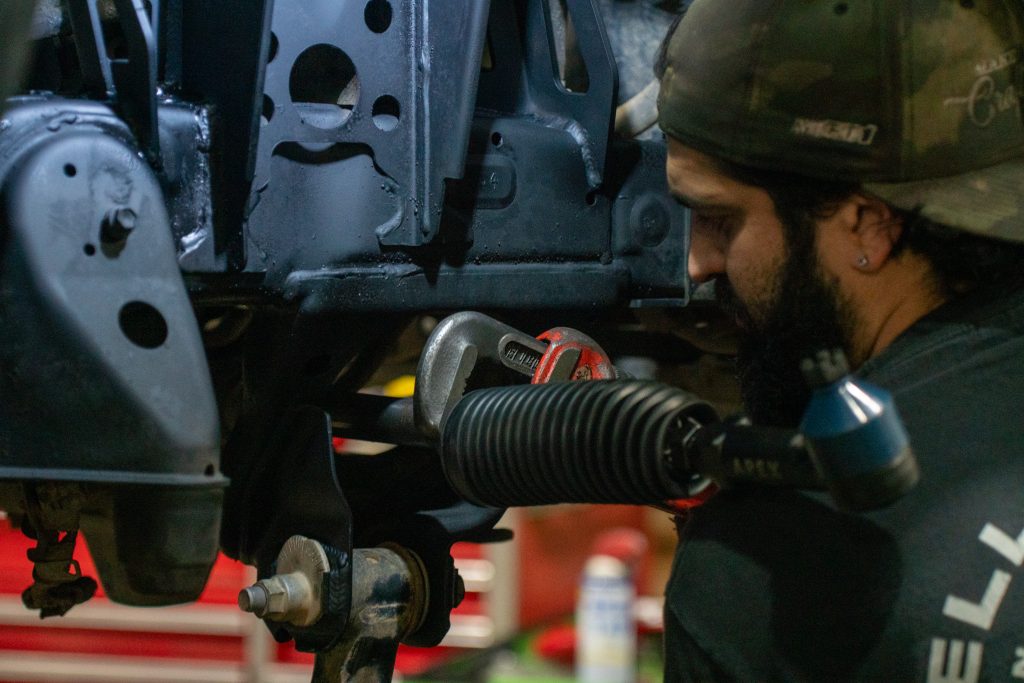
Confirm that the new washer is on the tie rod. Thread it onto the steering rack. Doing your best, torque it to 60 ft/lb.
Step 8. Flatten Lock Washer
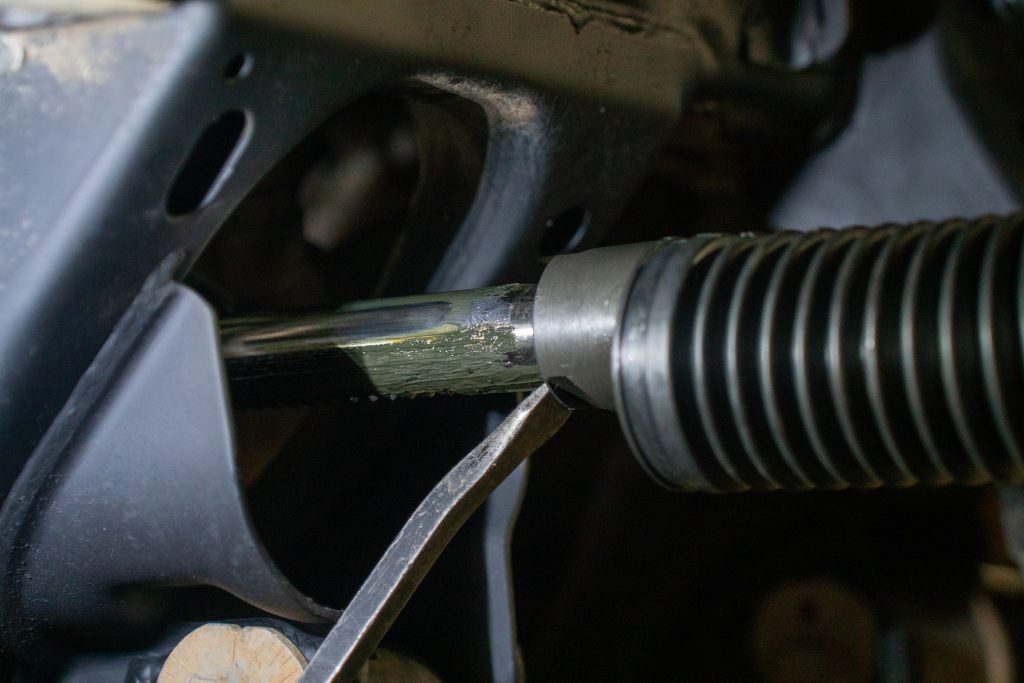
Once the inner tie rod is installed, use a wrench to flatten the safety washer, locking the inner tie rod into place.
Step 9. Install Boot
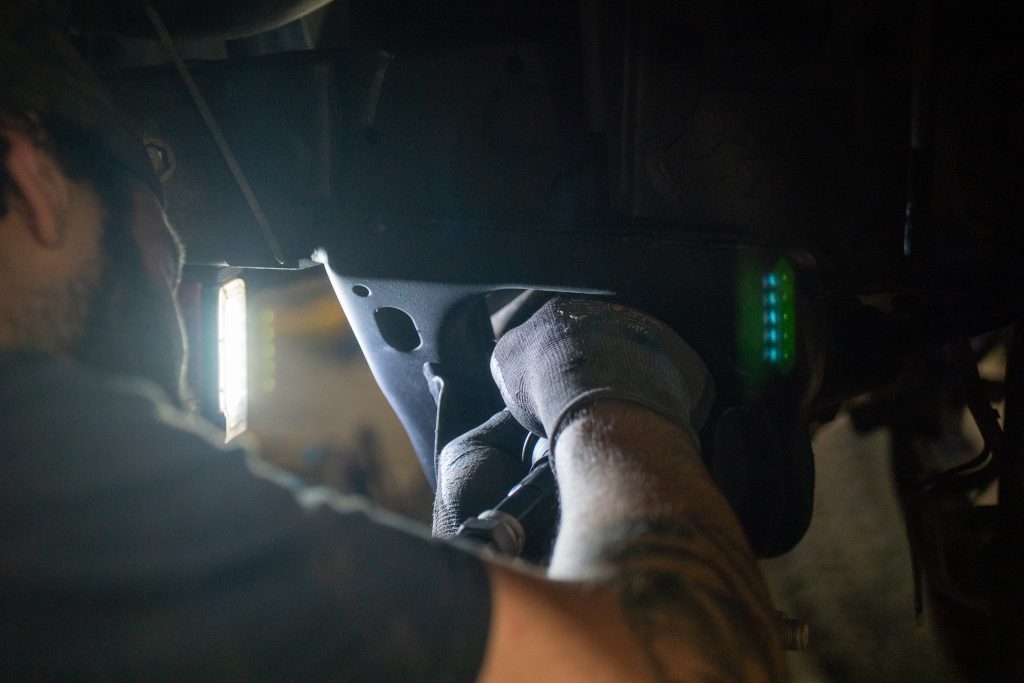
Slide the boot over the steering rack. From there, use the supplied clamps to lock it down into place.
Step 10. Clamp Outer Boot
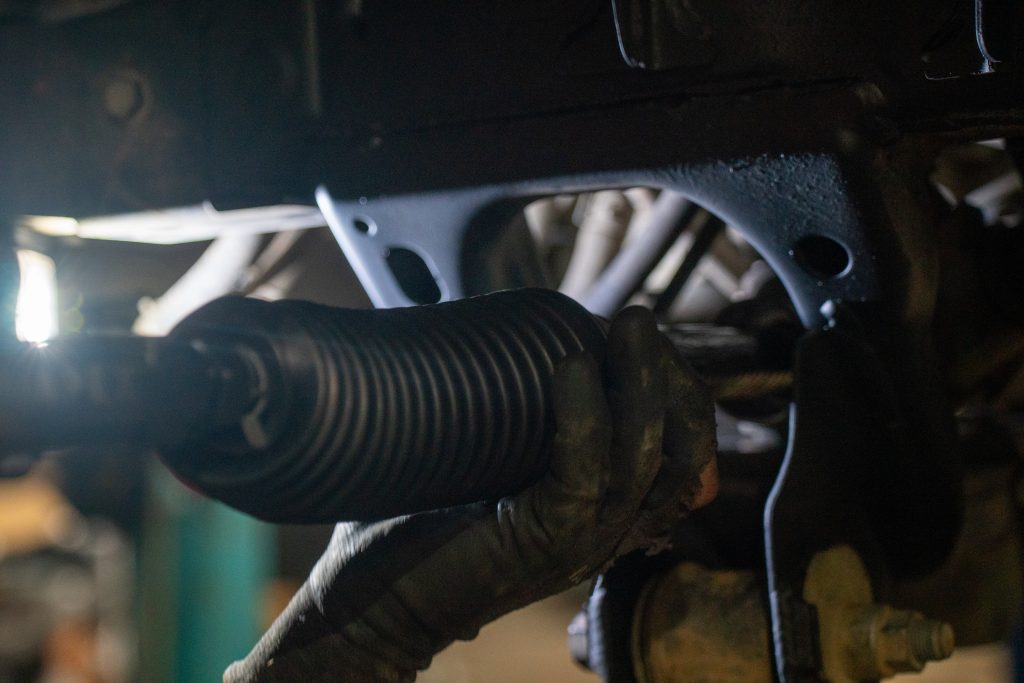
Slide the boot over the inner tie rod and into the groove. Use the supplied clamp to tighten this into place.
Step 11. Install Outer Tie Rod
Thread the outer tie rod onto the inner tie rod until we meet the same measurement taken in Step 1.
Step 12. Attach Rod End To Knuckle
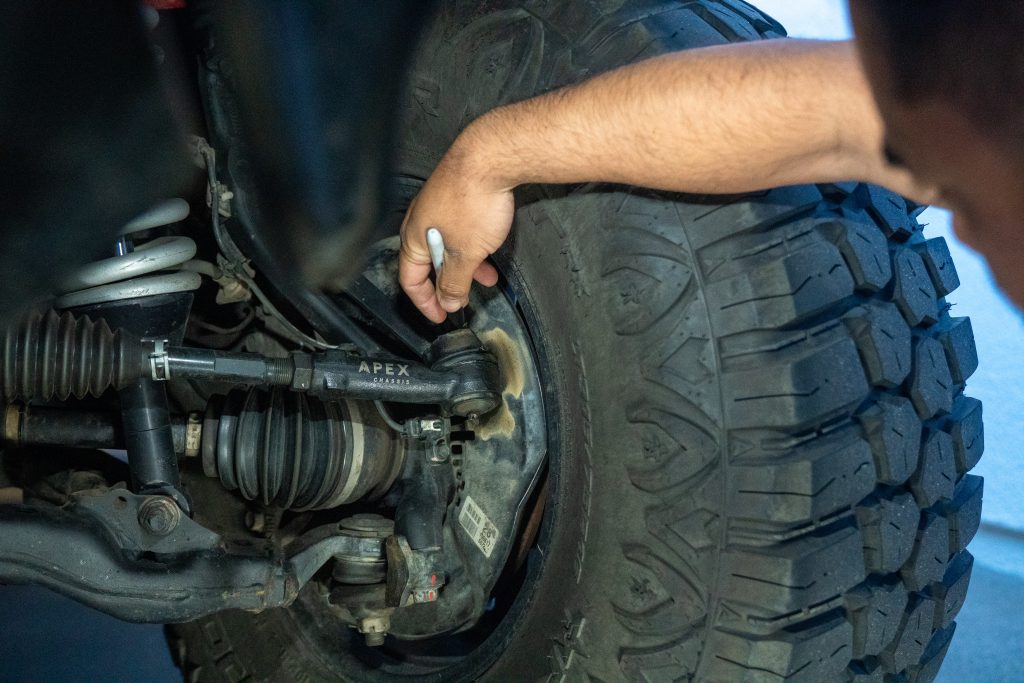
Confirm that the Apex logo is facing up. Then, take the ball joint end of the tie rod and install it into the knuckle.
Thread the 22mm castle nut down. Torque the castle nut down to 67 ft/lb. Install the cotter pin to lock it into place.
Step 13. Tighten Down Jam Nuts
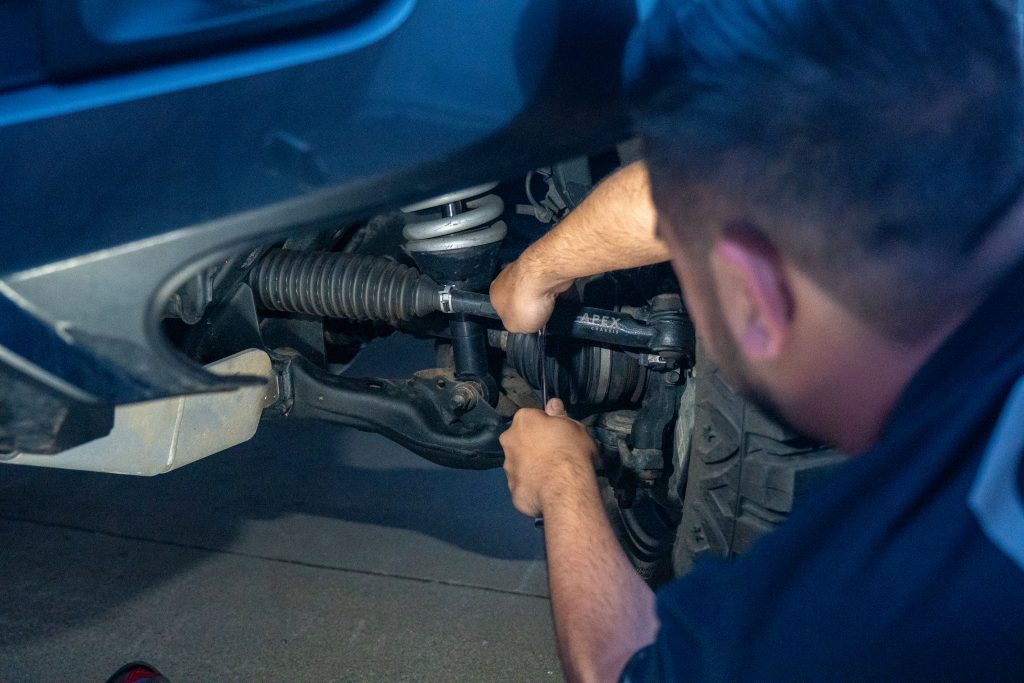
Apex recommends using a medium-duty thread locker on the jam nuts. Use a 26mm wrench to tighten them to 60 ft/lb.
Alignment Specifications
Once the tie rods are installed, an alignment is required. It is important to go to a shop that can do off-road alignments and has a large enough alignment machine. I went to Stellar Built in Sacramento, CA, for installation and alignment.
When it comes to steering, the specification we want to look at is the Toe. This is how much the front wheels are turned in or out while rolling down the road, and it can affect vehicle lane tracking and turn sharpness ability. Toyota recommends a Toe of 0.00* degrees.
Final Thoughts
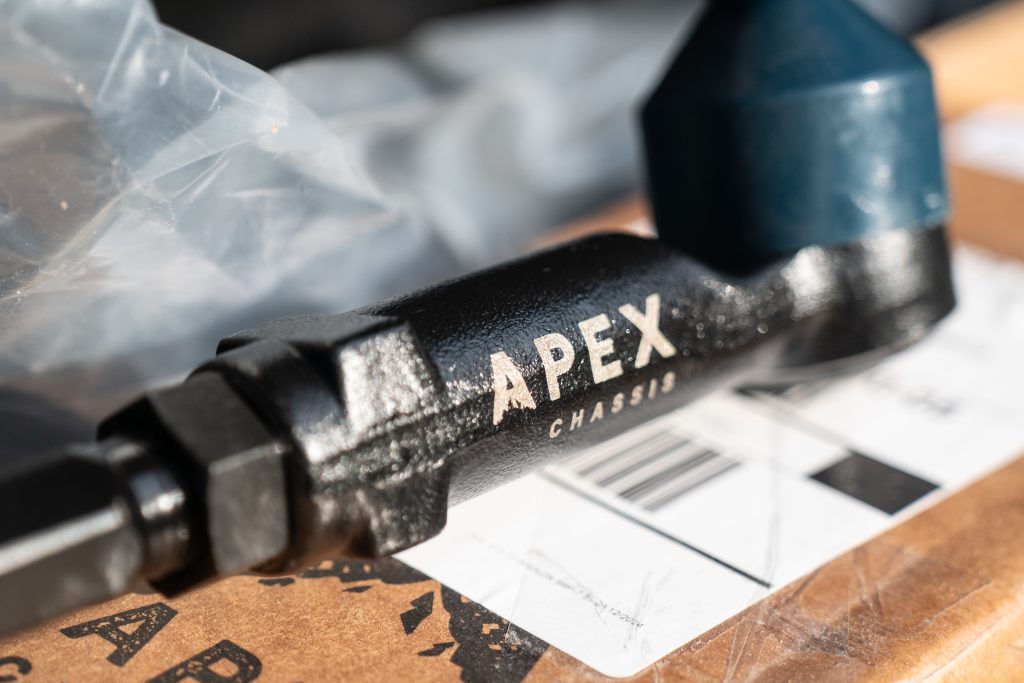
As my needs have changed, I rely on my Tacoma to get me everywhere I need to go without missing a beat. I go to deeper camp spots, secret fishing holes, and places far away from people to find the biggest buck.
The front suspension on an Independent Front Suspension (IFS) truck takes the bulk of the beating. On the 3rd Gen Tacoma, the tie rods normally give out first, among other steering and suspension components.
With these beefy tie rods, I can rest assured that this is no longer a weak point on the truck. With proper driving, I know they are able to play nice with, and not destroy, my steering rack.


Beefing up the tie rods is step one in the recipe for breaking the steering box instead of a tie rod. I’ll take a broken tie rod end (inner or outer) every day over a broken steering box that broke because the easy to replace part was too strong and didn’t fail as intended. This would be a great mod when combined with a Tundra steering box swap. These do look nice and beefy, just has a negative side effect for those of us who think in terms of repairability on the trail. Broken steering box: Very bad day. Broken… Read more »